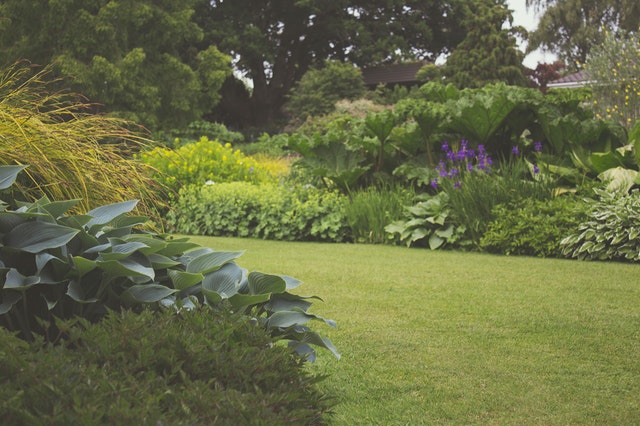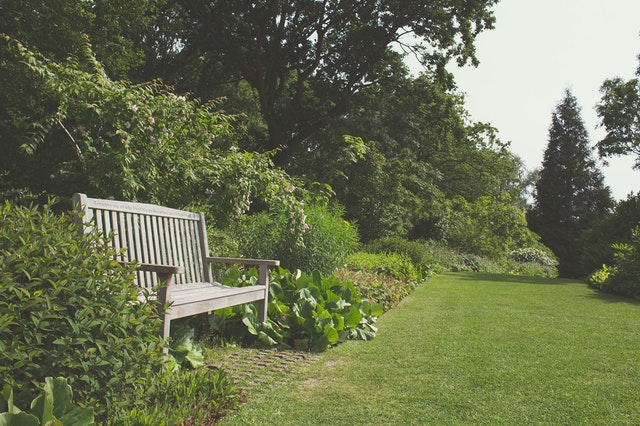
12 facts and tips about ornamental onions
Ever heard of the bloom gap? When the spring-flowering shrubs and perennials are past their prime and the summer flowers have yet to get going, the border can look a little dull at the end of May. But not if you plant ornamental onions!
1 Bulbous plant
Allium, as the botanical name of ornamental onions goes, is a bulbous plant. They are classed as spring-flowering bulbs, which means that, just like crocuses, daffodils and tulips, they should be planted in the autumn. They do not flower until after these bulbous plants have finished flowering, however, from mid-May-June.
2 Sun
Ornamental onions prefer a sunny spot in well-drained soil. The soil should not remain too wet in winter, otherwise the bulbs may rot. But this applies to all bulbous plants that you plant in the ground in the autumn.
3 Planting
Planting should be done in a frost-free period, between October and mid-December. Put the bulbs in the ground about 10 cm deep. If it is very dry, water regularly so the bulbs can develop roots. In the event of severe frost, you should also cover your newly planted Alliums with leaves or pine branches.
4 Flowers
Most ornamental onions have a round inflorescence consisting of many tiny flowers. With some, such as Allium ‘Globemaster’, these flowers are close together and form a truly spherical ball. But there are also ornamental onions with unusual spider-like inflorescences, such as Allium schubertii.
